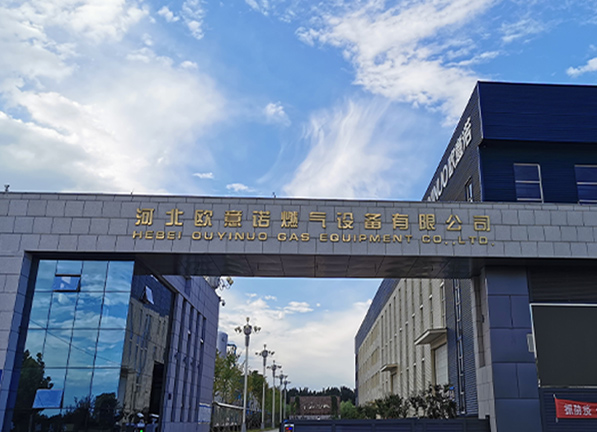
Oct . 05, 2024 04:31
Back to list
pressure reducing valve
Understanding Pressure Reducing Valves Function, Applications, and Importance
Pressure reducing valves (PRVs) are critical components in various industrial and residential applications where it is essential to maintain a specific pressure level in a system. These valves ensure that the pressure of a fluid or gas is reduced to a predetermined level, thereby preventing damage to equipment, enhancing safety, and optimizing performance.
What is a Pressure Reducing Valve?
A pressure reducing valve is a mechanical device designed to control the pressure of a fluid (liquid or gas) flowing through a system. It works by automatically adjusting the size of the opening through which the fluid passes, effectively reducing the pressure downstream of the valve. This adjustment occurs based on the difference between the inlet pressure (the pressure before the valve) and the desired outlet pressure (the pressure after the valve).
PRVs are commonly used in systems where the pressure fluctuates significantly and needs to be stabilized. They can be found in various applications, including water supply systems, hydraulic systems, steam systems, and gas distribution systems.
How Does a Pressure Reducing Valve Work?
The operation of a PRV is relatively straightforward. It typically consists of a valve body, an inlet and outlet port, and an internal mechanism, generally employing a spring-loaded diaphragm or piston. As fluid flows into the valve, the inlet pressure is balanced against the spring force acting on the diaphragm or piston. If the inlet pressure exceeds the set pressure (the pressure determined by the spring tension), the valve will begin to close, thereby restricting the flow and reducing the pressure downstream.
In contrast, if the downstream pressure falls below the desired set point, the spring force will push the valve open slightly, allowing more fluid to pass through and increasing the downstream pressure. This feedback mechanism ensures that the outlet pressure remains consistent, adapting to changes in demand or inlet pressure fluctuations.
pressure reducing valve

Applications of Pressure Reducing Valves
PRVs are employed in a multitude of settings across different industries. In water supply systems, they help regulate the pressure to prevent pipe bursts and ensure a consistent supply of water to consumers. In heating systems, PRVs maintain the pressure of steam, safeguarding the system from potential overheating and pressure surges.
In the oil and gas industry, PRVs are crucial for controlling the pressure of gas distribution systems, ensuring safe and efficient transport of gas. Similarly, in hydraulic systems, they help maintain optimal pressure levels for the operation of hydraulic machinery and equipment, preventing damage due to excessive pressure.
The Importance of Using Pressure Reducing Valves
The importance of PRVs cannot be overstated. By controlling and stabilizing pressure, these valves play a vital role in enhancing the safety of various systems. Over-pressurization can lead to catastrophic failures, posing risks to personnel and equipment. By preventing such scenarios, PRVs contribute significantly to workplace safety and operational reliability.
Furthermore, PRVs can lead to cost savings by reducing energy consumption. Many systems require a specific pressure for optimal performance, and exceeding this pressure not only wastes energy but can also lead to increased maintenance costs and shorter equipment lifespan. By maintaining the appropriate pressure, PRVs help extend the longevity of systems and reduce overall operational costs.
Conclusion
Pressure reducing valves are essential components in modern fluid handling systems, providing safety, efficiency, and optimized performance. Their ability to maintain a stable pressure level makes them invaluable in various applications, ranging from residential water supply to complex industrial processes. By understanding their function and importance, industries can ensure enhanced safety, cost-effectiveness, and longevity in their operations. As technology advances, the design and functionality of PRVs will continue to evolve, further improving their efficiency and reliability in a rapidly changing environment.
Latest news
-
Safety Valve Spring-Loaded Design Overpressure ProtectionNewsJul.25,2025
-
Precision Voltage Regulator AC5 Accuracy Grade PerformanceNewsJul.25,2025
-
Natural Gas Pressure Regulating Skid Industrial Pipeline ApplicationsNewsJul.25,2025
-
Natural Gas Filter Stainless Steel Mesh Element DesignNewsJul.25,2025
-
Gas Pressure Regulator Valve Direct-Acting Spring-Loaded DesignNewsJul.25,2025
-
Decompression Equipment Multi-Stage Heat Exchange System DesignNewsJul.25,2025

